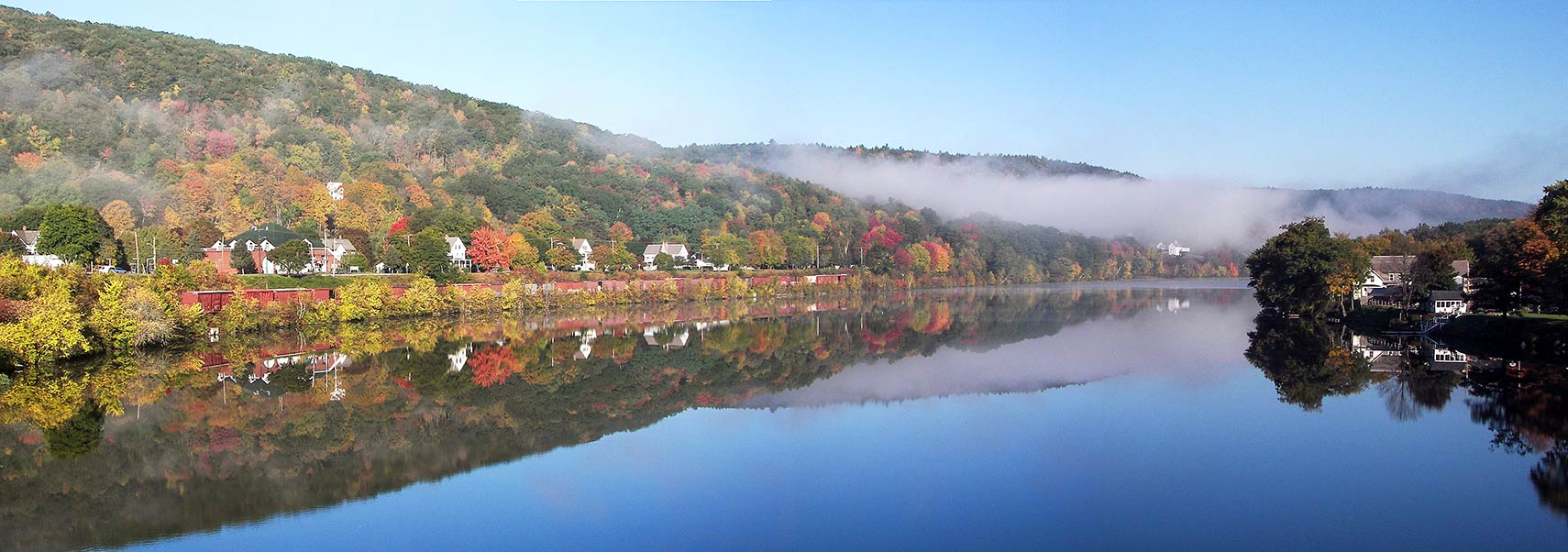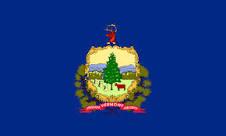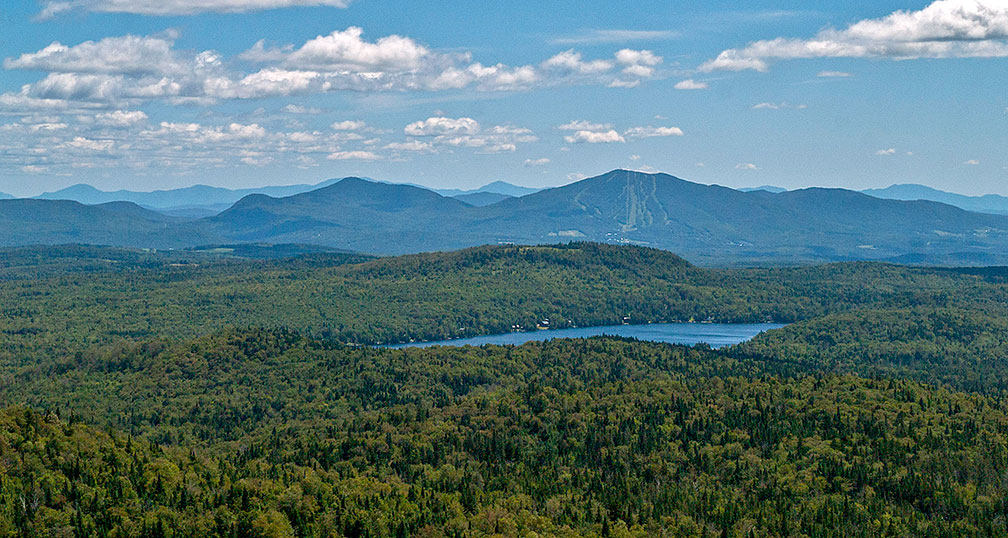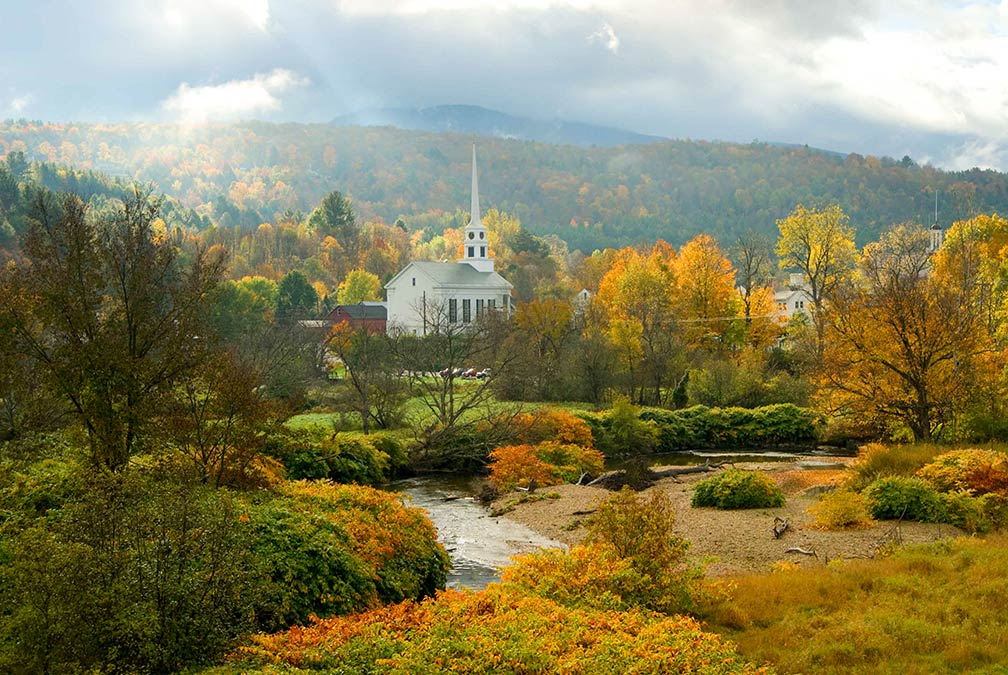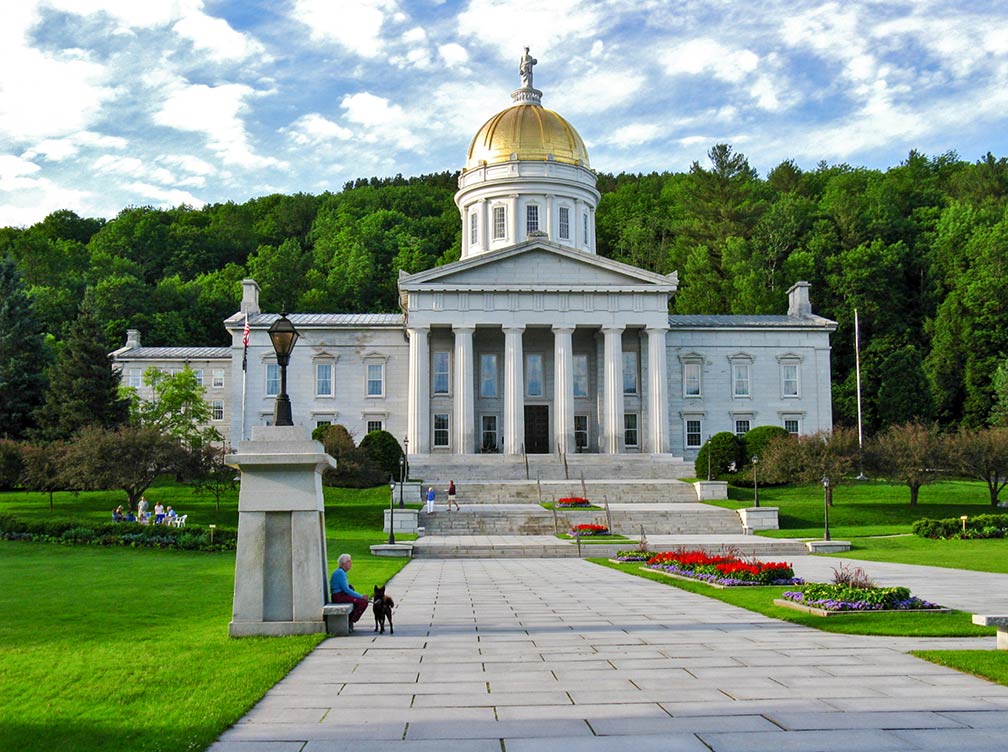More about Vermont State
Some Geography
Area
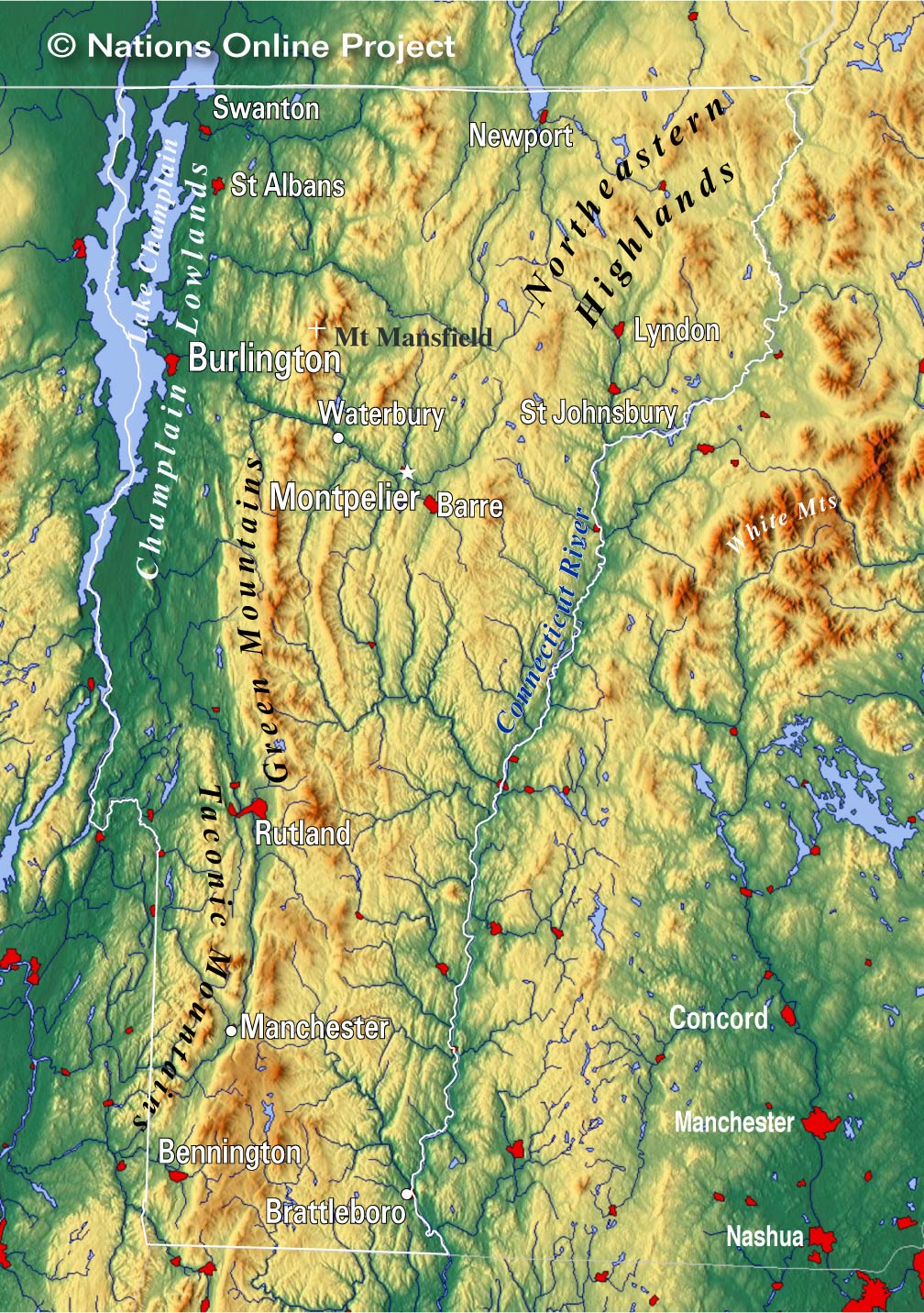 Topographic Regions Map of Vermont. (click map to enlarge)
Topographic Regions Map of Vermont. (click map to enlarge)
Vermont occupies an
area of 24,905 km² (9,616 sq mi)
[2], making it the 45th-largest state, compared it is about one quarter the size of
South Korea or
Iceland. Compared with other US states, Vermont is about the size of New Jersey, but it would fit into Texas 28 times.
Vermont is divided into 14 counties.
As mentioned above, the region was the site of early European settlement. French colonists were the earliest European immigrants to the area.
Colonization is based on natural features, like fertile soil, and watercourses, which provide access to transportation during the settlement period. English settlers, migrating from Boston and central Massachusetts, were using numerous river corridors, especially the Connecticut River, to access the fertile southeastern lands in Vermont.
[3]
Vermont's Landscape
Mountains
Vermont's hilly to mountainous landscape is quite forested, giving the state its nickname the
Green Mountain State.
The highlight of Vermont's landscape is the
Green Mountains, the 310 km (190 mi) long mountain range runs along the western edge of the state in a north/south direction; they are part of the Appalachians.
The
Taconic Mountains are also part of the Appalachian Mountains. The New England range includes some well-known summits such as Mount Equinox in Vermont and Mount Greylock, the highest point in Massachusetts.
The
Northeast Highlands, a rough, wild region known as the "Northeast Kingdom," is a sparsely populated area, located almost entirely within the borders of Essex County.

